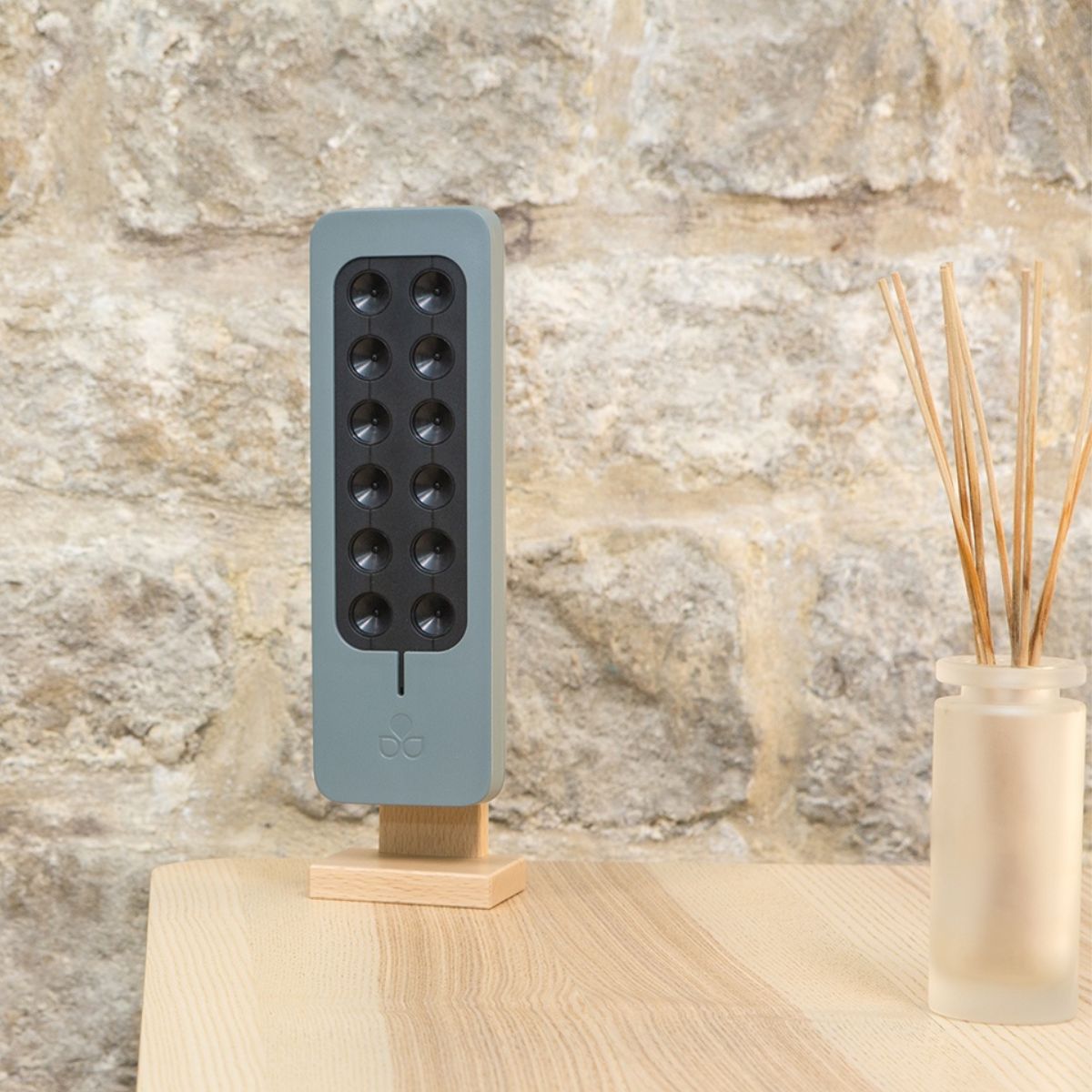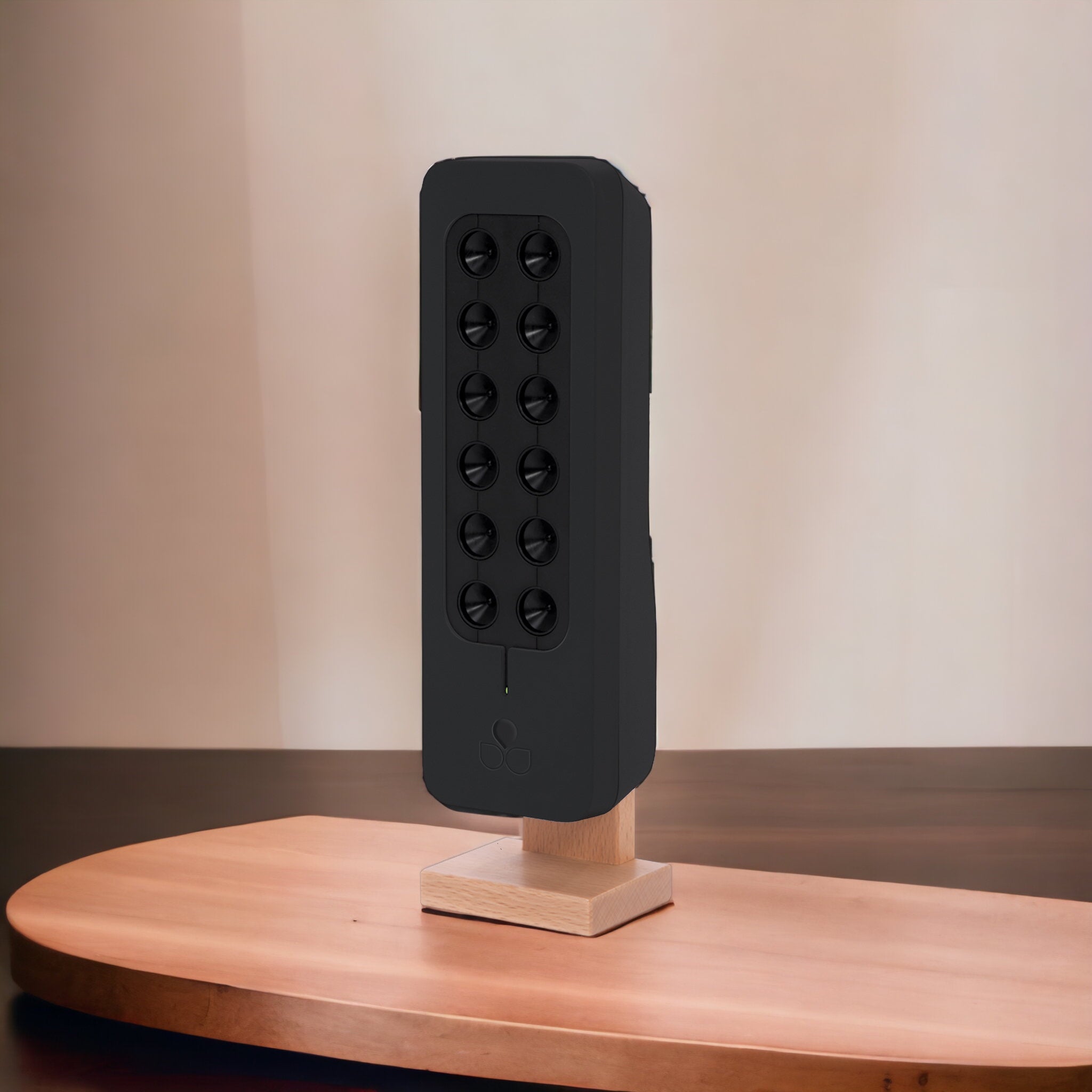Why is Indoor Air Quality Important?
The quality of the air we breathe indoors is often overlooked, yet it's crucial to our health and wellbeing. Many people are unaware that indoor air can be five to ten times more polluted than outdoor air1. With most of us spending the majority of our time indoors, this can pose considerable risks to our health.
"Indoor air quality is not just about comfort – it's a matter of health and safety."
Understanding Indoor Air Pollutants
Indoor air pollutants can be broadly categorized into three types: particulate matter, biological pollutants, and chemical pollutants. Understanding what these pollutants are and how they affect our health is the first step in combating indoor air pollution.
Particulate Matter
Particulate matter (PM) is a complex mixture of extremely small particles and liquid droplets found in the air. They can originate from both outdoor sources, such as traffic and industry, and indoor sources such as heating, cooking, and smoking. PM can be classified into different types based on their size:
- PM10 are particles with a diameter of 10 micrometers or less. They include mold spores and residues from fossil fuel heating.
- PM2.5 are particles with a diameter of 2.5 micrometers or less. They include smoke from tobacco, cooking emissions, and particles produced by burning incense and candles.
- Ultrafine particles (UFPs) are particles with a diameter of 0.1 micrometers (or 100 nanometers) or less. They include tobacco smoke, combustion particles, bacteria, and viruses.
Exposure to PM can lead to a range of health problems, including eye, nose, and throat irritation, coughing, headaches, exacerbated allergies and asthma, increased cardiovascular risk, lung cancer, cognitive performance impairment, and kidney diseases2345.
Biological Pollutants
Biological pollutants are or were living organisms. They include bacteria, viruses, mold, pollen, and allergens from pets and dust mites. These contaminants can cause various health problems, from minor irritations to severe allergic reactions and infectious diseases678.
Chemical Pollutants
Chemical pollutants are gases or particles that come from a wide range of sources. These include combustion processes, building materials, furnishings, cleaning and personal care products. Common indoor chemical pollutants include carbon monoxide (CO), carbon dioxide (CO2), and volatile organic compounds (VOCs).
Exposure to high levels of these pollutants can lead to a range of health problems, from headaches and dizziness to chronic respiratory problems and cancer91011.
Strategies to Combat Indoor Air Pollution
While the presence of these pollutants in our indoor environments can be daunting, there are several strategies we can take to improve our indoor air quality.
Limiting Outdoor Pollution
The first line of defense is to limit the amount of pollution coming from outside. This can be achieved by:
- Regularly maintaining your ventilation system.
- Ventilating your home during times when outdoor pollutant levels are low, typically early in the morning or late in the evening.
- If you live near a busy road, avoid opening windows during peak traffic times.
Adopting Healthy Habits
Adopting healthy habits can significantly reduce indoor air pollution. These include:
- Ventilating your home when cooking or doing DIY work.
- Avoiding indoor smoking.
- Limiting the use of candles and incense.
- Reducing exposure to infectious agents and allergens.
Using Air Purifiers
Air purifiers can be an effective tool in improving indoor air quality. They work by filtering the air, removing harmful particles and gases. When choosing an air purifier, it's important to ensure it's efficient against ultrafine particles and eco-friendly.
Conclusion
Indoor air pollution is a growing concern in our modern lifestyles. However, by understanding the sources of indoor air pollution and taking proactive measures, we can greatly improve the quality of the air we breathe indoors. Remember, clean air isn't just a luxury – it's a necessity for our health and wellbeing.
References:
Useful references:
- INPES (National Institute for Prevention and Health Education) guide to indoor air pollution
- ADEME practical guide, Clean air at home
- Information on air quality and TEQOYA news
Footnotes
-
Harris poll, 2019 ↩
-
Robert D. Brook et al., Fine Particle Air Pollution and Cardiovascular Diseases ↩
-
C. Arden Pope III, PhD et al., Lung Cancer, Cardiopulmonary Mortality, and Long-term Exposure to Fine Particulate Air Pollution ↩
-
ISGLOBAL, Exposure to Air Pollution on the Home-School Commute Impairs Cognitive Development ↩
-
Benjamin Bow et al., Fine Particle Air Pollution, CKD Incidence, and Kidney Function ↩
-
Insa Korten et al., Air pollution during pregnancy and lung development in the child ↩
-
Cailang Zhou et al., Exposure to air pollutants related to asthma phenotypes during the first year of life in children of the EDEN mother-child cohort study ↩
-
Dries S. Martens et al., Air pollution and epigenetic aging in newborns ↩
-
Indoor Air Quality Observatory - National Housing Campaign - State of air quality in French homes ↩
-
Myhrvold, A.N., E.Olsen, et al., Indoor Environment of Schools - Health and Performance of Students in View of CO2 Concentrations ↩
-
Marisa Estarlich et al., Residential exposure to outdoor air pollution during pregnancy and anthropometric measures at birth in a multicenter cohort in Spain ↩










